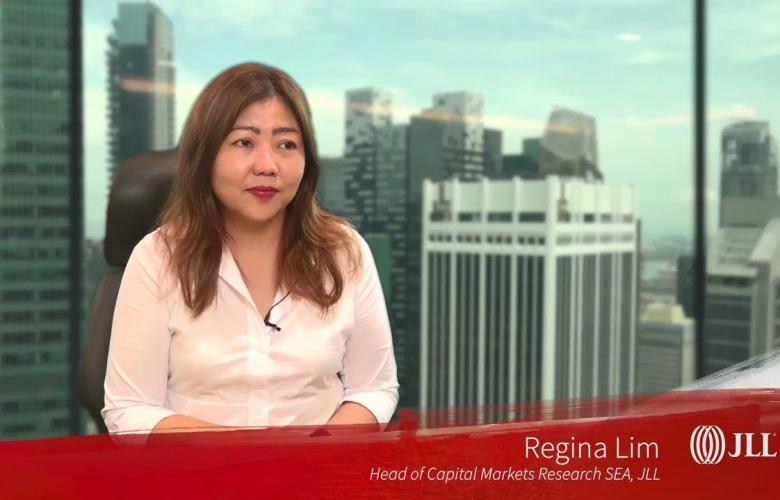Asset yields across Asia Pacific face further compression in 2021, with tightening expected across various real estate asset classes and pricing adjustments in major metropolitan areas. Interest rates in Asia Pacific have fallen sharply over the last four years, between 30-250 basis points (bps). According to JLL, this backdrop provides a conducive environment for real estate investments and support for capital values, but while asset yields have compressed to some extent, current low rates have not been fully priced in.
JLL Research notes that while bond yields in Australia, Singapore and Hong Kong retraced 70 bps year-to-date, borrowing costs in these countries remain 60-125bps lower than 2018 levels. Furthermore, analysis shows that select markets have priced in some rate increases with investors more cautious about the rental outlook in Sydney but more comfortable with rents bottoming out in Hong Kong.
“A low rate environment has been conducive for investors looking to increase allocations in Asia Pacific and has supported capital values across the region. However, the full extent of yield compression has yet to be felt and we do see potential for further compression and price appreciation,” says Regina Lim, Head of Capital Markets Research, Asia Pacific. JLL.
For office markets across Asia Pacific, investors seem to have priced in some increase in interest rates in Sydney, Singapore and Hong Kong over the next five years. In 2016-2020, office spreads over cost of funding widened by 190 bps in Sydney, 60 bps in Singapore and 20bps in Hong Kong. JLL expects office cap rates in these cities to remains stable even if interest rates rise moderately. In Tokyo and Seoul, yield spreads are stable as cost of debt did not decline significantly.
Additionally, given the low rate environment, logistics yields could potentially compress by a further 50-100bps over the next five years, driven by strong growth in capital flows into the sector, robust demand tailwinds and continued improvement in tenancy profiles.
JLL forecasts logistics assets to become a core part of Asia Pacific institutional real estate portfolios over the next five years and the yield gap between office and logistics assets to narrow. Logistics spreads have compressed by 60 bps more than other sectors across the region in 2016-2020 as investor allocation to the sector for diversification increased.
“Geographically, investors seem more cautious towards Sydney office rents. We estimate that Sydney office yield spreads widened 50 bps further than other Asia Pacific cities, potentially signalling investors believe rents could weaken further. If conditions surprise on the upside, there could be further office yield compression in Sydney. On the other hand, there is some bottoming out in Hong Kong rents or rates, as yield spreads are not pricing in any future rate rises,” says Lim.
Elsewhere, multifamily and build-to-rent yields may compress further in Japan and Australia, consistent with global patterns. According to JLL data, yields for this asset class have traded below office yields in other gateway cities as institutional capital seeks exposure to the resilient, low-volatility sector for diversification.
“Multifamily is likely to become more attractive as an asset class. In Asia Pacific, we also expect structural changes to government policy incentives, a new generation of renters in China, Japan and Australia and low interest rates to act as catalysts that would boost investments into the multifamily asset class,” says Lim.
Click here to download the report.
Similar to this:
ESR to develop US$2bn+ multi-phase data centre campus near Osaka CBD Japan
JLL appoints Fay Wu as Head of Research for China









